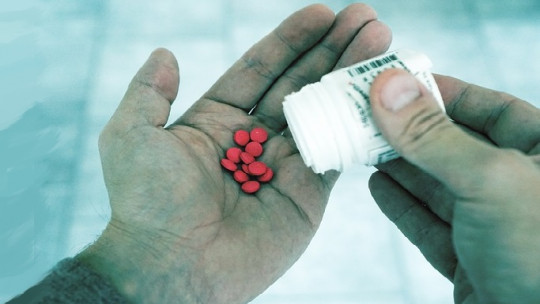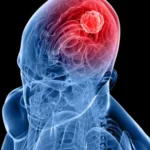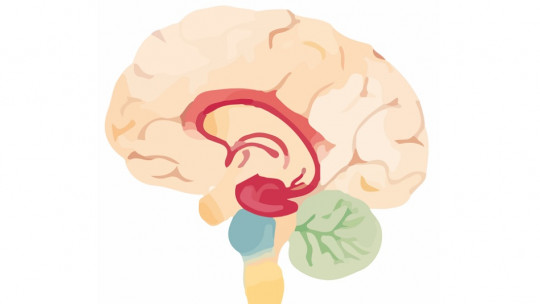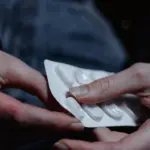As we already know, drugs affect our body in different ways and lead to various alterations in our physical and mental health.
When there is abuse of any substance, we can suffer intoxication and the “famous” withdrawal syndrome, but In addition, there are some disorders that are directly related to habitual drug use. This article focuses on the latter: substance-induced disorders.
The complexity of drug effects
The abuse of any drug affects our daily activity and performance. It modifies our behavior, our perception, our sociability, causes deterioration and physiological, social, emotional, and work changes, and affects most of the person’s important aspects of life.
However, neither the immediate harmful effects of drugs nor the consequences that may remain after their consumption are not always expressed in the same way. Yes indeed: The mark that the drug leaves on our body has to do with both intoxication and withdrawal.
Intoxication and withdrawal
When we talk about substance-induced disorders we refer to the effects produced by both intoxication and withdrawal.
Both intoxication and withdrawal cause clinically significant discomfort in the individual, as well as a deterioration in the activity of important areas of their life (social, work, etc.).

Types of substance-induced disorders
Below you can see some disorders induced by drugs and toxic substances, and their characteristics.
1. Delirium
Delirium can appear both due to intoxication and withdrawal from the substance.
Causes an alteration of consciousness and perception as well as changes in cognitive functions (memory, orientation, language, etc.). These effects usually occur in a short period of time (hours or days).
Classically, delirium is produced by the consumption of alcohol, hallucinogens, amphetamines, cannabis, cocaine, inhalants, opiates, sedatives, hypnotics or anxiolytics.
2. Dementia
When we talk about substance-induced dementia, This manifests itself through a clear cognitive deterioration That is, the person’s memory, language, motor activity, execution of various tasks, etc. are affected. He will show difficulties in learning new information or in remembering what he has learned, he will have failures in recognizing objects or when planning or organizing…
All of these deficits represent a significant reduction in the person’s activity level prior to the disorder, which will affect their daily life in different areas. (social, work…).
The substances that produce it are alcohol, inhalants, sedatives, hypotonics and anxiolytics.
3. Psychotic disorders
In relation to psychotic disorders, these can begin during intoxication or during withdrawal. When this disorder is expressed, the person will suffer hallucinations or delusions, a catatonic behavior pattern and a disorganized use of language will appear. These conditions can lead to social and occupational deterioration. Symptoms appear during or in the month following intoxication or withdrawal.
The substances that induce the appearance of this disorder are alcohol, hallucinogens, amphetamines, cannabis, cocaine, inhalants, opiates, sedatives, hypnotics and anxiolytics.
4. Mood disorders
If we refer to mood disorders as well are evident during intoxication or during withdrawal.
During its expression, depressive and/or manic symptoms (elevated, euphoric or irritable mood) may appear. The symptoms cause significant clinical distress and considerable impairment in important areas of the person’s functioning.
Substances associated with mood disorders are alcohol, hallucinogens, amphetamines, cocaine, inhalants, opiates, sedatives, hypnotics and anxiolytics.
5. Anxiety disorders
Finally, anxiety disorders can also occur in both phases: intoxication or withdrawal.
This group of disorders will be differentiated according to whether anxiety, anguish, obsessions and compulsions, or phobias predominate. The symptoms will be those characteristic of the specific disorder (palpitations, tremors, fear, excessive worry, recurring thoughts, irritability, etc.).
They are produced by the consumption of alcohol, hallucinogens, amphetamines, cannabis, cocaine, inhalants, opiates, sedatives, hypnotics or anxiolytics.
Nuance
It should be noted that the degree to which a disorder is more or less produced by prior substance use is to some extent impossible that affect our nervous system. Both habits linked to drug consumption (or the amount of a single consumption) and genetic predispositions and the autobiographical history of each person come into play, which leaves traces in our brain.
However, one thing is certain: The best way to avoid the onset of these disorders is simply to stay away from drugs.









